The ‘Hadhrami Marfa’ popular as ‘Arabi Marfa’ beats making melody internationally
Sun 05 Dec 2021, 09:42:41
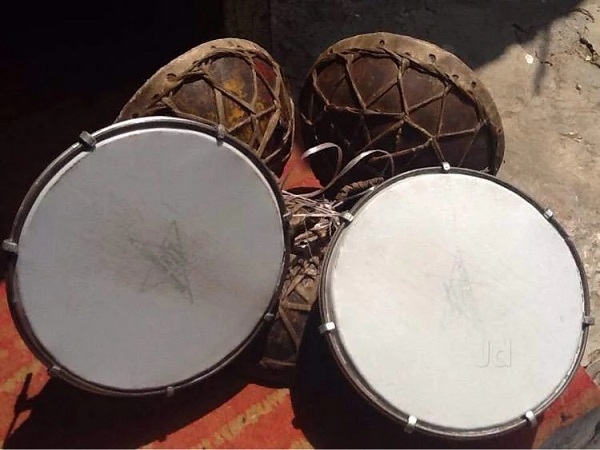
Food and music are what the soul needs, and after biryani, music is the next Hyderabad thing that is making waves. The ‘Hadhrami Marfa’, popular as ‘Arabi Marfa’, is now gaining international recognition with performers from the city going to the Middle East to perform.
With travel restrictions being relaxed in several places, marfa troupes are paying more visits to other countries to perform at functions of Non Resident Indian (NRI) families and also of foreigners.
“Earlier, recorded videos of marfa music were played at social gatherings and marriage functions in the Middle East. Now, NRIs are calling us there to perform. All expenses are borne by them,” says Salam Bin Abdullah from the popular Salam Bhai Marfa of AC Guards.
The musical instruments played are mostly from the Middle East, including Oman and Yemen. The set comprises ‘Kasir Mufaltah’, also called marfa or daff (kasir is also called dholak), where steel pots are hit with sticks and wooden strips called ‘thapi’ to produce a unique sound.
“There no strings or wind instruments, only drumming. The instruments are double-skinned and are the ones used in the Middle East, especially the kasir,” says Saber Bashar, who is into playing Arabic music for the last 40 years.
The Kasir Mufaltah is generally used to support the medium kasir, which is played with both hands. The wooden strips and the steel pots are hit together to add music to produce a typical rhythm. “Actually, people clap hands to produce a song. But, as
palms pain due to persistent clapping, they started using wooden strips,” explains Ahmed Bashar, a bandmaster.
palms pain due to persistent clapping, they started using wooden strips,” explains Ahmed Bashar, a bandmaster.
Arabic compositions and Bollywood numbers too are popular among the crowd, says Mohammed Yousuf Ali, part of a marfa band at Falaknuma.
The Yemeni folk dance, performed with daggers and swords, are the most sought after. Swords and daggers made of wood or plastic are used to ensure no one is hurt. The entry of piano and plastic marfa or daff into the Arabic band has made old-timers a bit unhappy.
While previously it was only people associated with the Yemani or Chaush community in Barkas and Siddi or Habshi community in AC Guards who played the band, now many locals too have learned it and set up their shops across Old City.
During the Nizam rule, the music was played for celebratory occasions. The practice continues even today during the Independence Day celebrations at Golconda Fort.
Popular among the ‘Hadhrami marfa’ is the ‘Siddi ka Baja’ or the AC Guard marfa headed by Salam Bin Abdullah and his troupe. The band is more popular as it comprises mostly the descendants of the ‘Siddis’ who were brought to the city during the Nizam VI Mir Mahboob Ali Khan.
“The Raja of Wanaparthy had gifted to the Nizam around 300 members who were descendants of Africa and settled in South Arabia then,” explains Najaf Ali Khan, grandson of Nizam VII Mir Osman Ali Khan, adding that the marfa party was introduced to the city by Abdullah Bin Mohammed (Abu Pahelwan).
No Comments For This Post, Be first to write a Comment.
Most viewed from Hyderabad
Most viewed from World
AIMIM News
Latest Urdu News
Most Viewed
May 26, 2020
Where should be the burial of the pilgrims martyred in the Saudi Arabia bus accident?
Latest Videos View All
Like Us
Home
About Us
Advertise With Us
All Polls
Epaper Archives
Privacy Policy
Contact Us
Download Etemaad App
© 2025 Etemaad Daily News, All Rights Reserved.

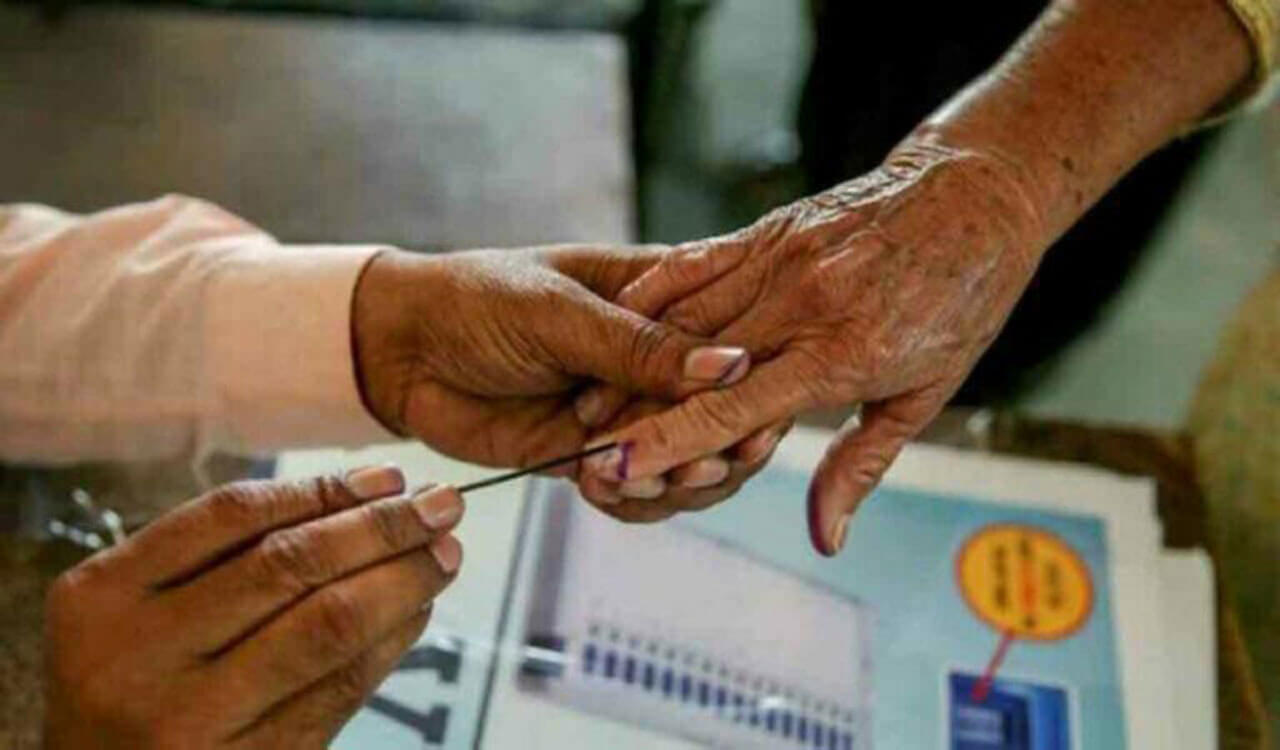

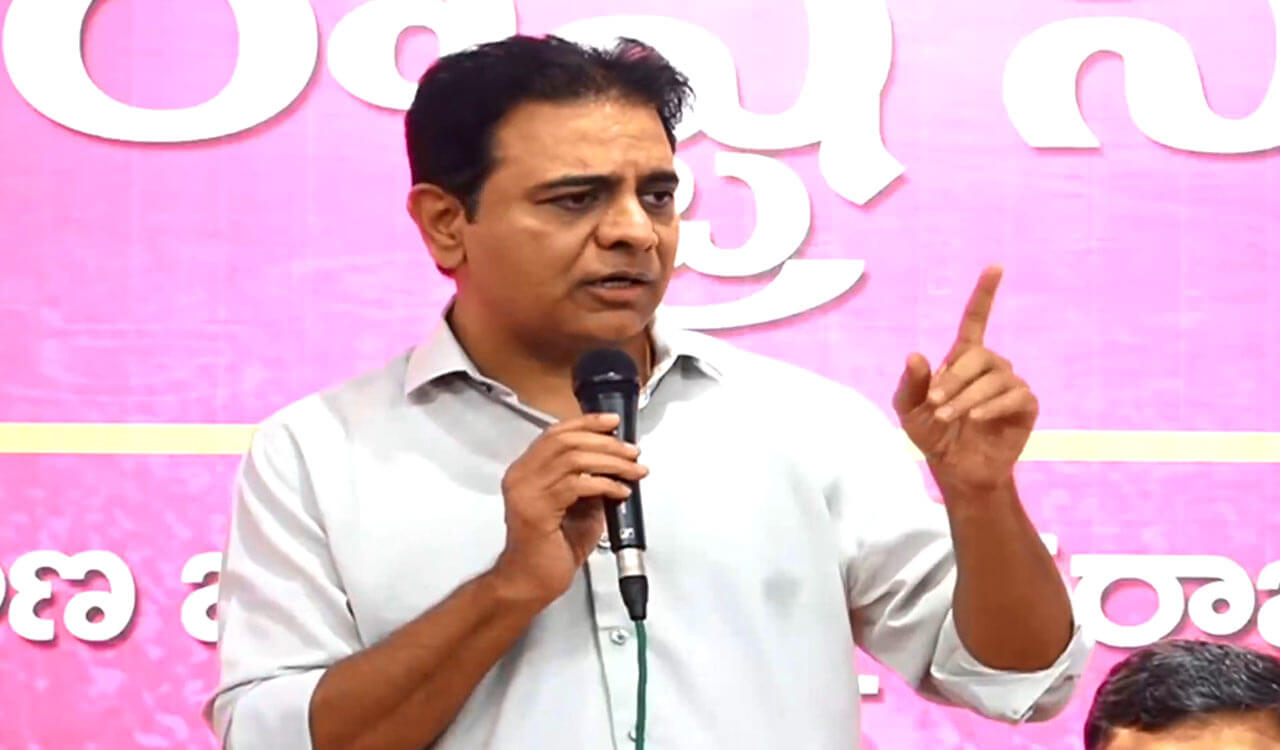
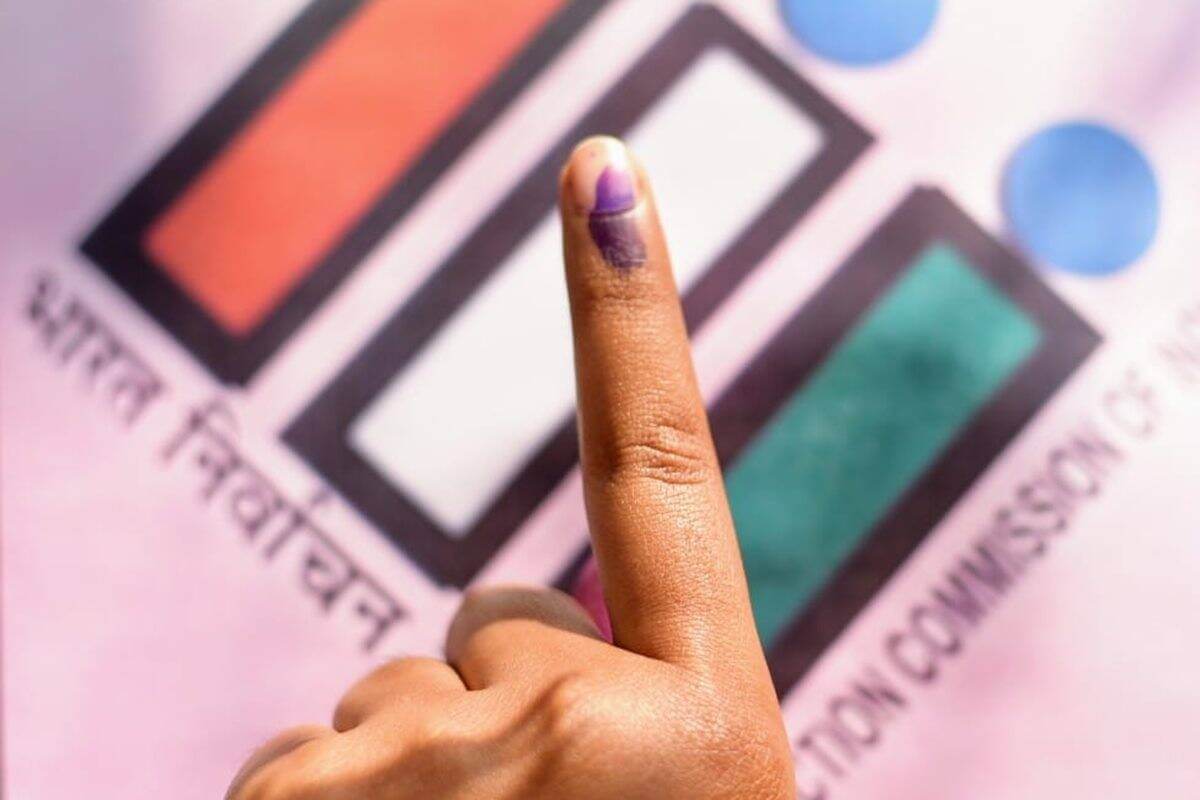
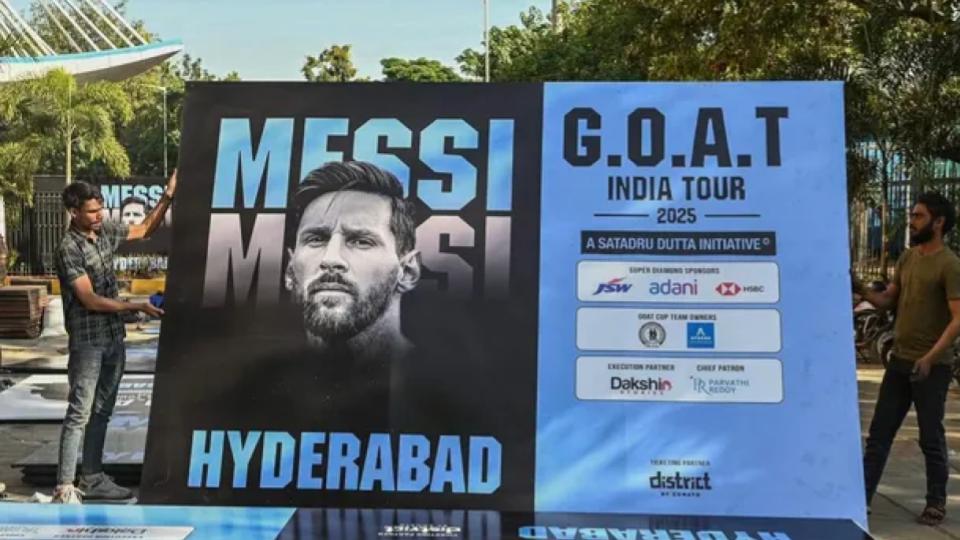
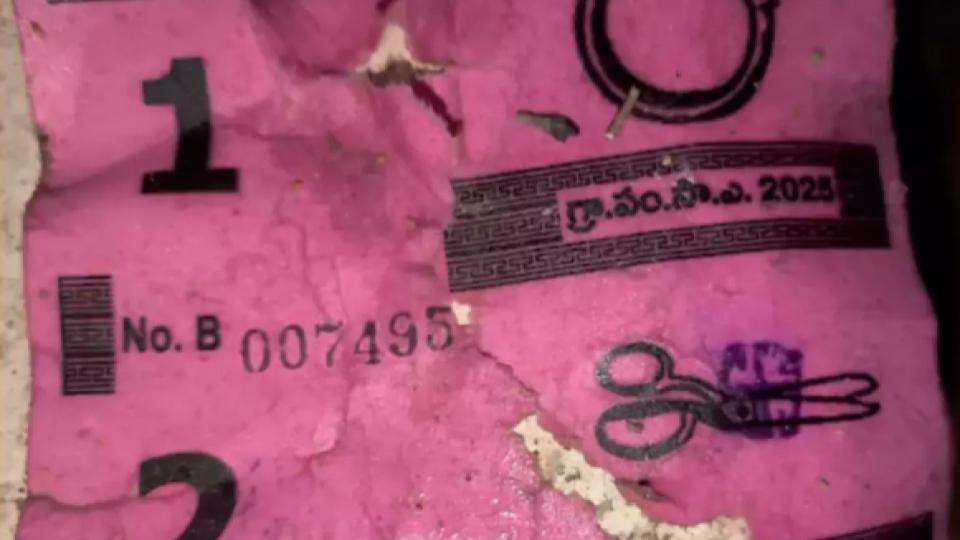
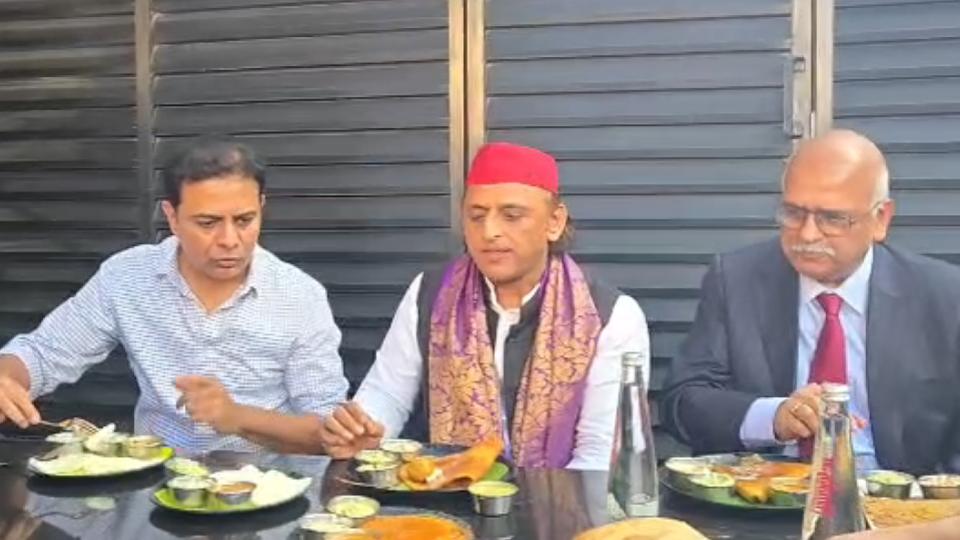
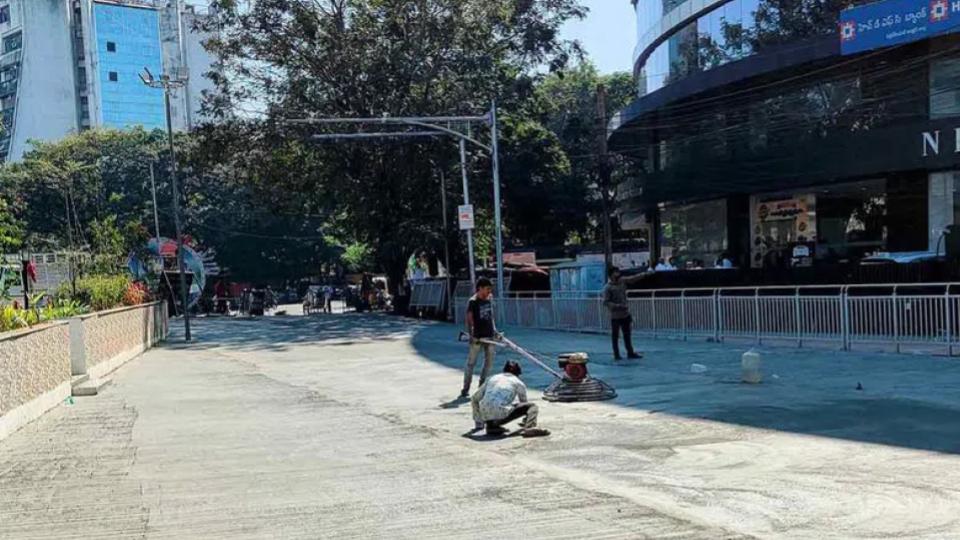
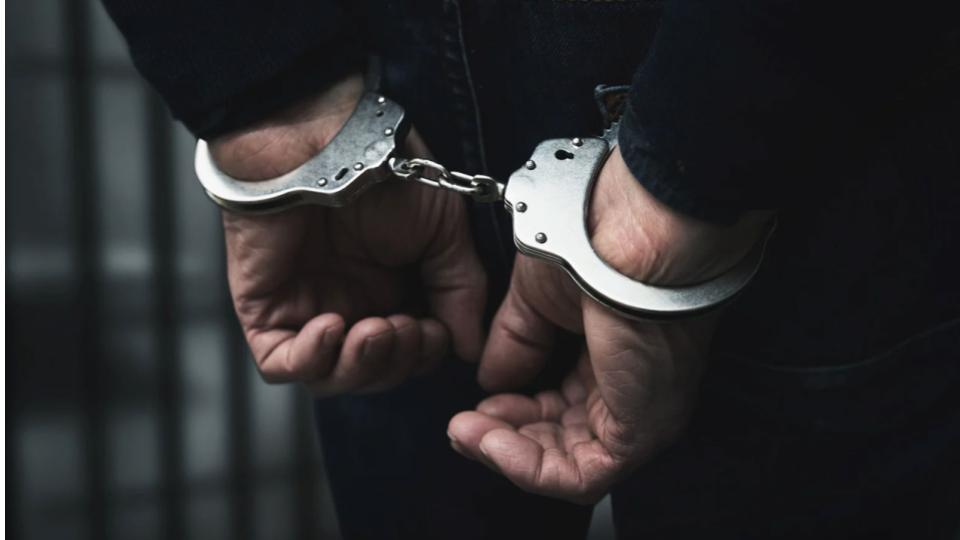
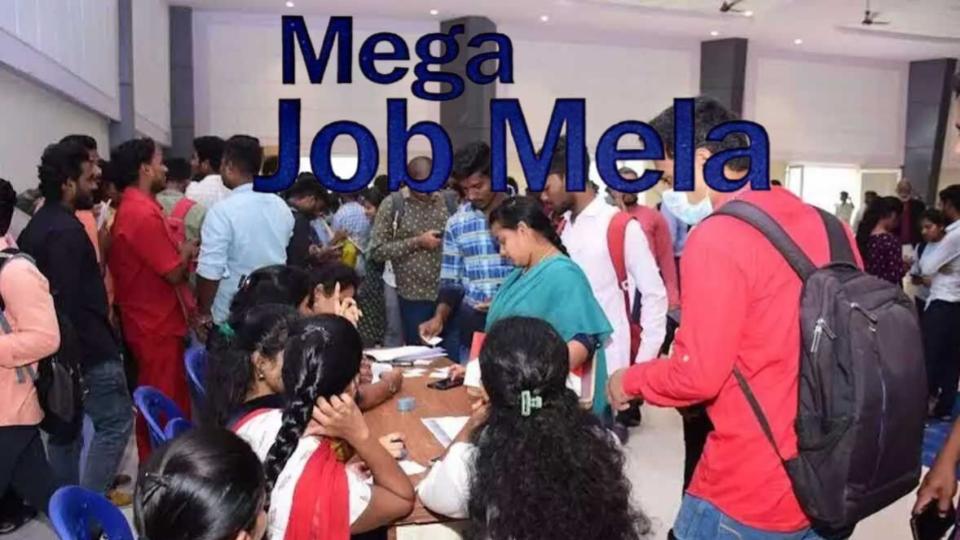
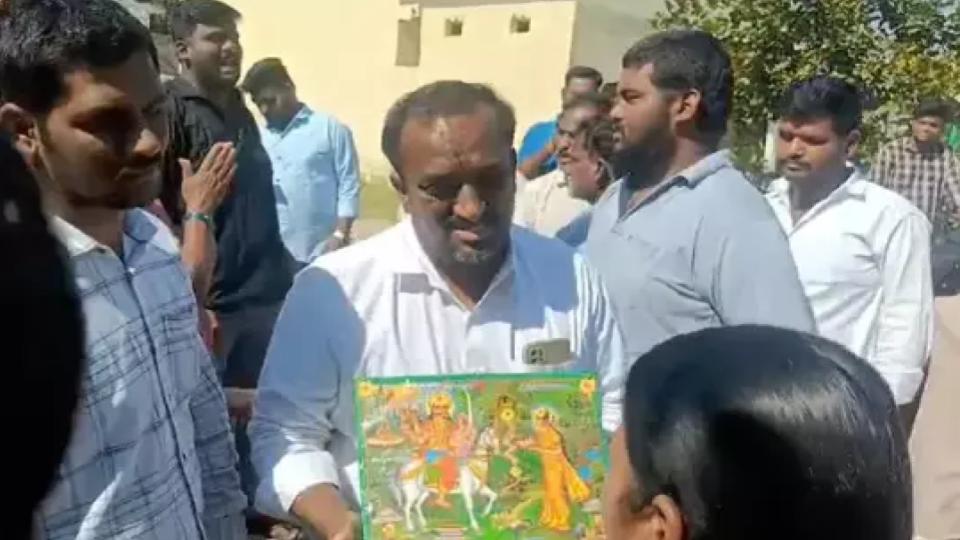
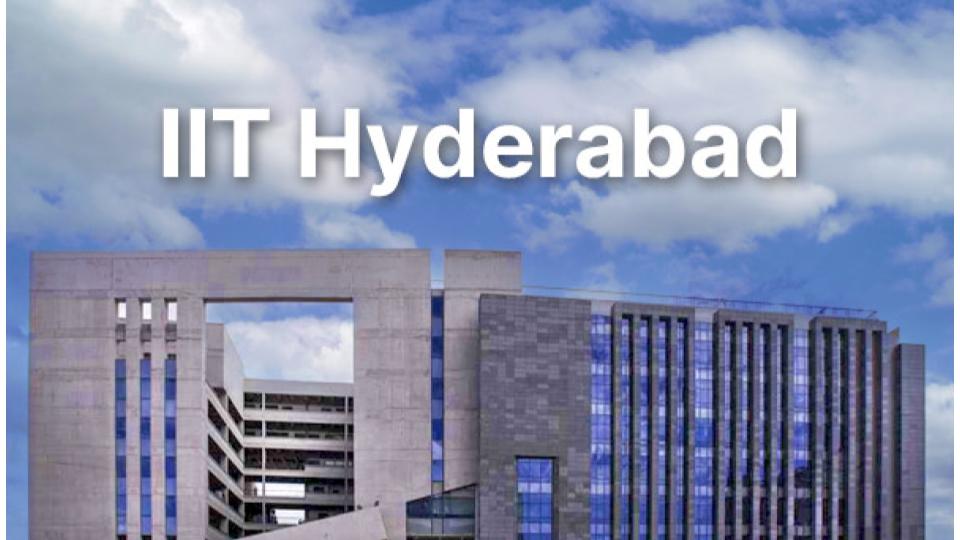
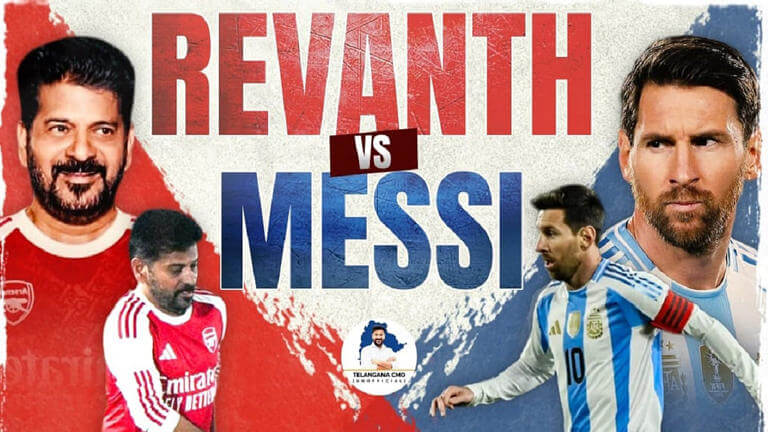

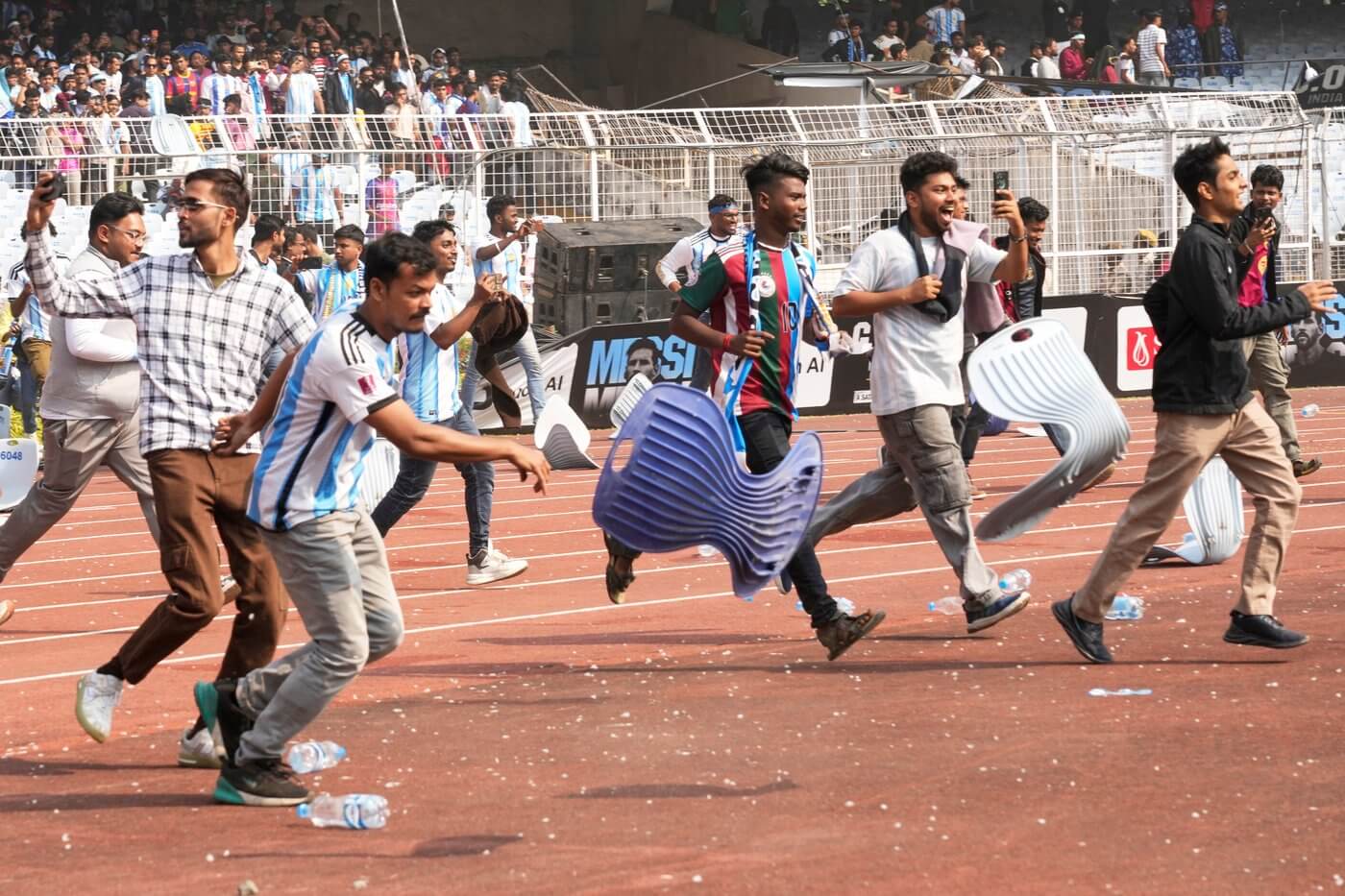
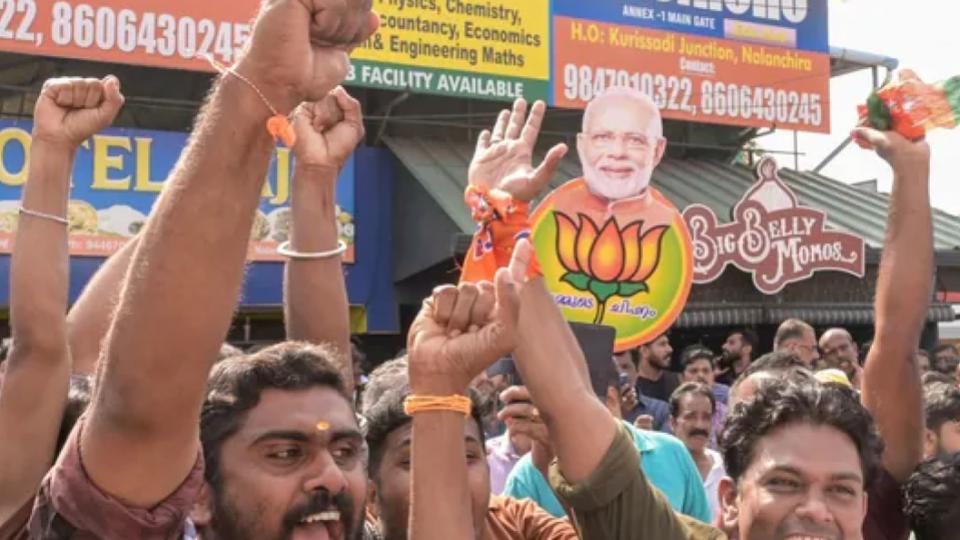

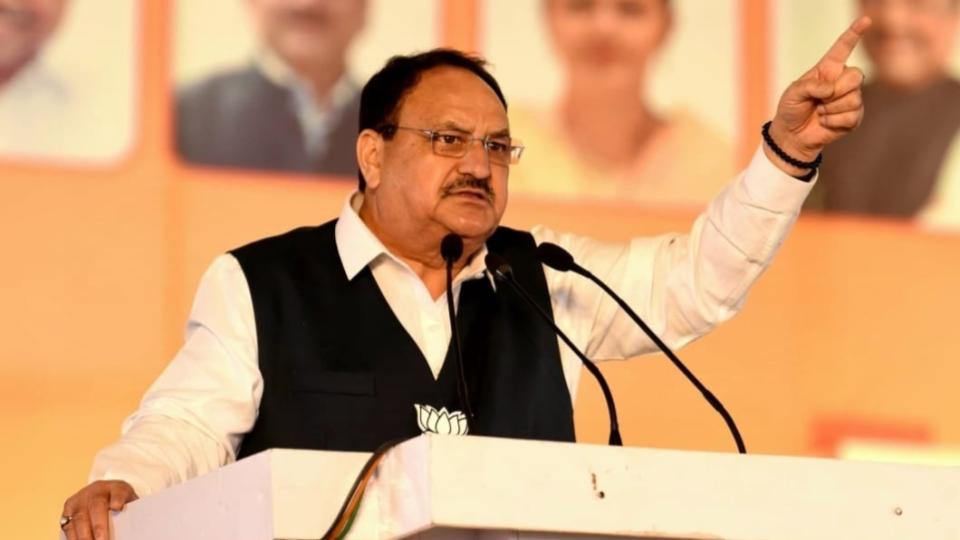
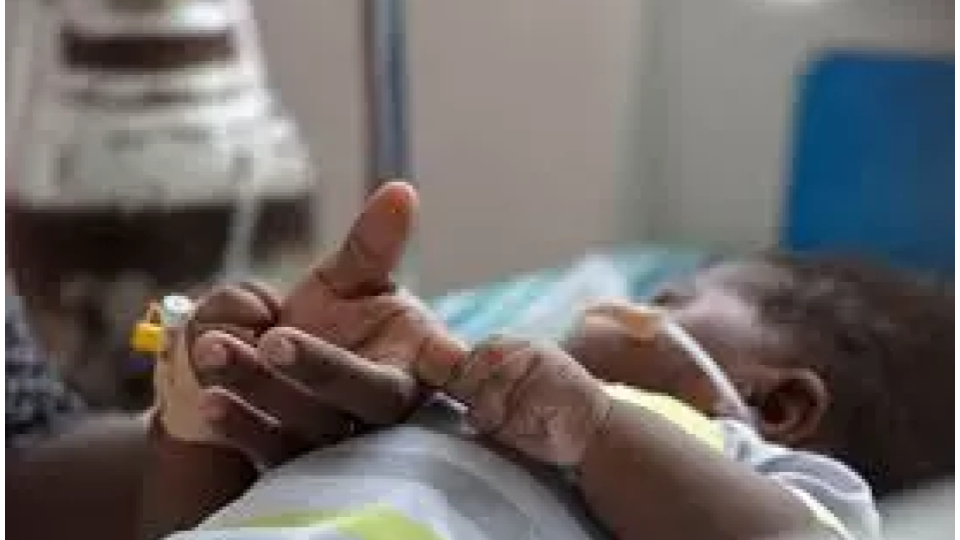

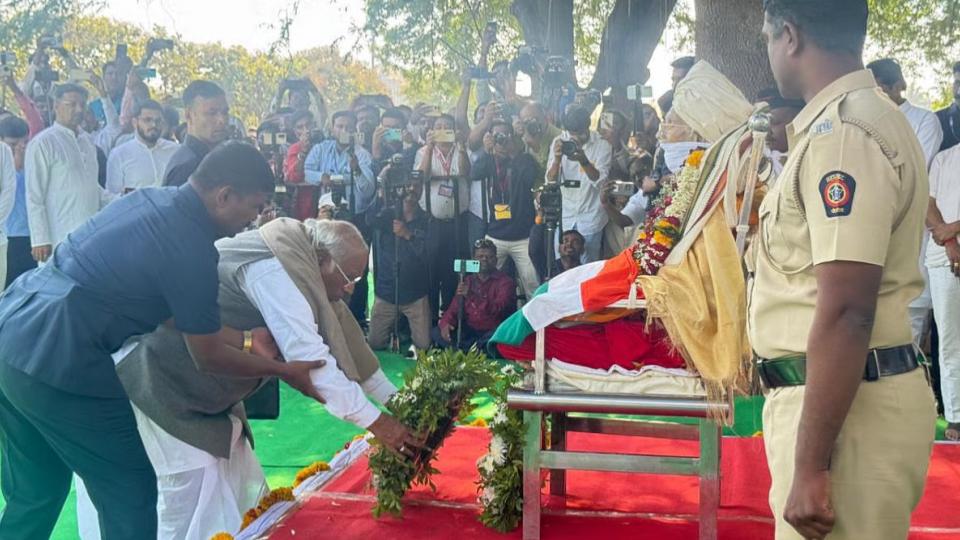
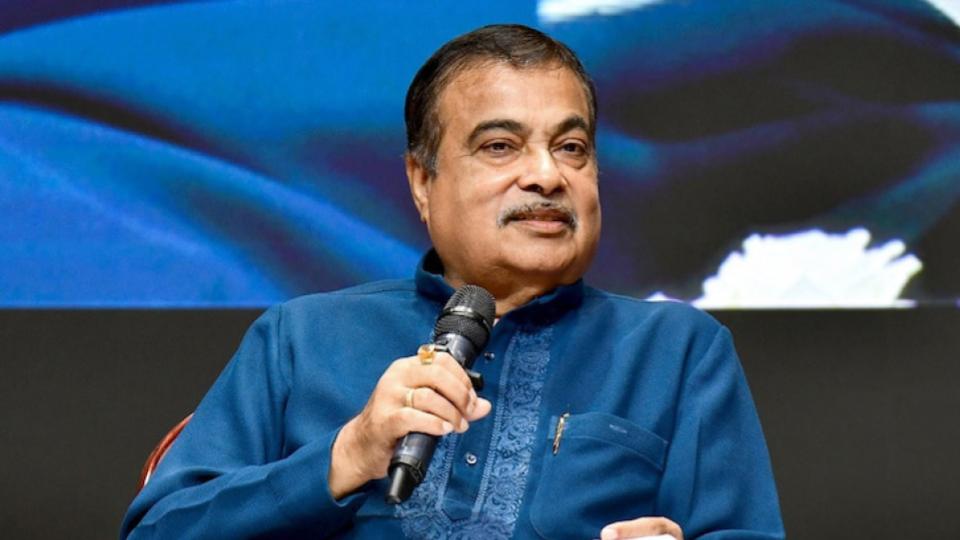
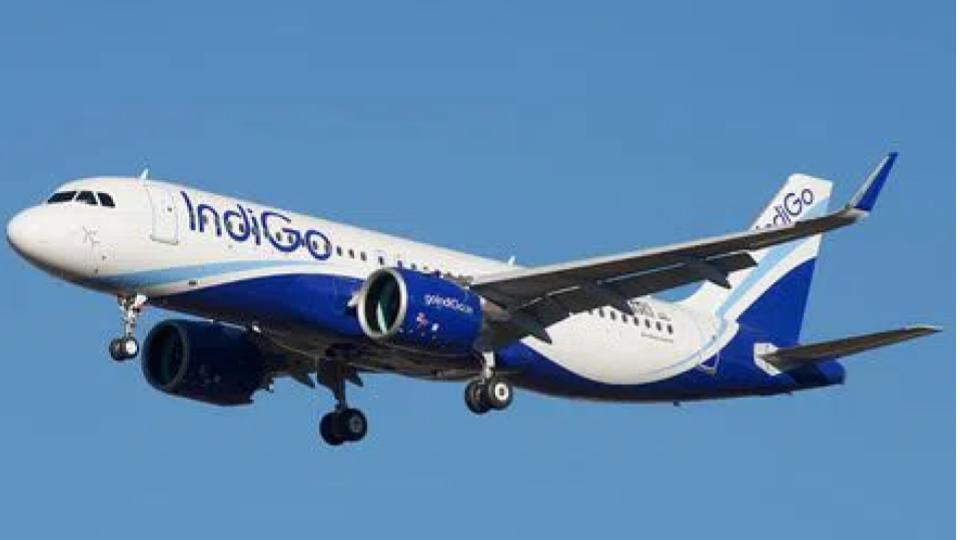
.jpg)












.jpg)
.jpg)
.jpg)


